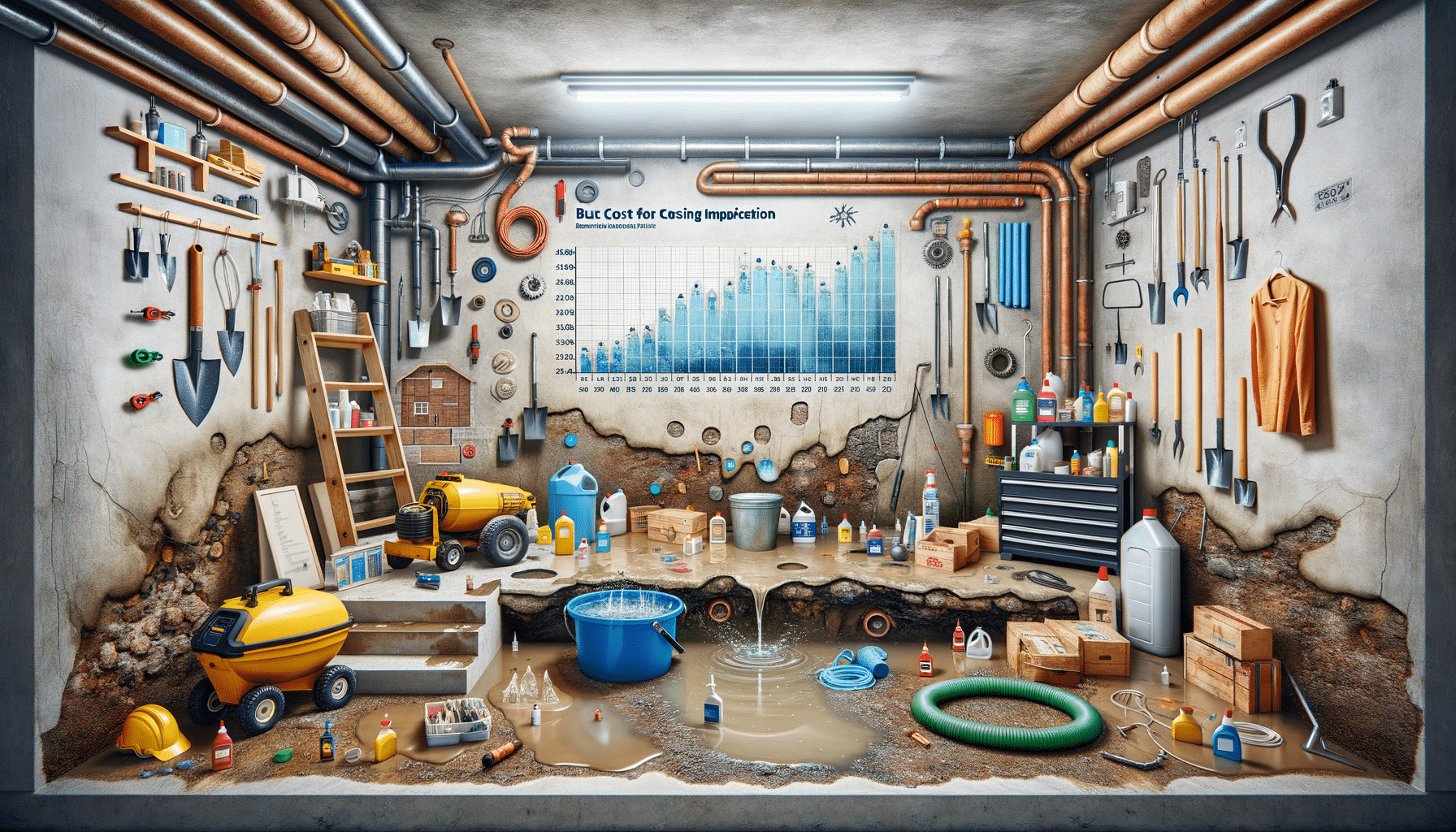How to Find the Right Shipping Container Near You
Understanding Shipping Container Sizes and Types
Shipping containers come in various sizes and types, each serving a unique purpose depending on your needs. The most common sizes are 20-foot and 40-foot containers, which are standardized for international shipping. However, there are other options available, such as 10-foot containers for smaller storage needs and high cube containers that offer extra height for bulky items.
When considering a shipping container for sale near you, it’s essential to understand the different types available:
- Standard Containers: These are the most common and are used for general storage and shipping purposes.
- High Cube Containers: Offering an additional foot of height, these are perfect for storing taller items.
- Refrigerated Containers: Also known as reefers, these are used for transporting temperature-sensitive goods.
- Open-Top Containers: Ideal for oversized cargo that cannot be easily loaded through standard doors.
Understanding these options will help you choose the right container that meets your specific requirements. Whether you’re looking for a container to convert into a workshop, home, or simply for storage, knowing the size and type is crucial.
Factors Influencing Shipping Container Prices
When searching for shipping containers for sale near me, pricing is a significant consideration. Several factors influence the cost of a container, and understanding these can help you make an informed decision.
Condition: New containers, often referred to as “one-trip” containers, are typically more expensive than used ones. However, used containers can vary in condition, from “cargo-worthy” to “as-is” conditions, affecting their price.
Location: The proximity of the container to your location can impact the price due to transportation costs. Buying locally can often save you money on delivery fees.
Market Demand: Like any commodity, the price of shipping containers can fluctuate based on market demand. For instance, during peak construction seasons, prices may rise due to increased demand.
Customization: If you require modifications, such as additional doors, windows, or insulation, these customizations will add to the overall cost.
By considering these factors, you can better assess your budget and find a container that fits your financial and functional needs.
Inspection Tips for Buying a Shipping Container
Before finalizing your purchase of a shipping container, it’s crucial to conduct a thorough inspection to ensure you’re getting a quality product. Here are some key tips to guide you through the process:
- Exterior Condition: Check for any visible rust, dents, or structural damage. While some surface rust is normal, extensive rust could indicate a compromised structure.
- Doors and Seals: Test the doors to ensure they open and close smoothly. Inspect the rubber seals for any signs of wear or damage that could lead to leaks.
- Interior Inspection: Look for any signs of water damage or leaks inside the container. Pay attention to the corners and ceiling for any signs of light or moisture.
- Flooring: Examine the flooring for any signs of rot or damage. The floors are typically made of marine-grade plywood, which should be in good condition.
By following these inspection tips, you can ensure that the shipping container you purchase is in good condition and will serve your needs effectively.
